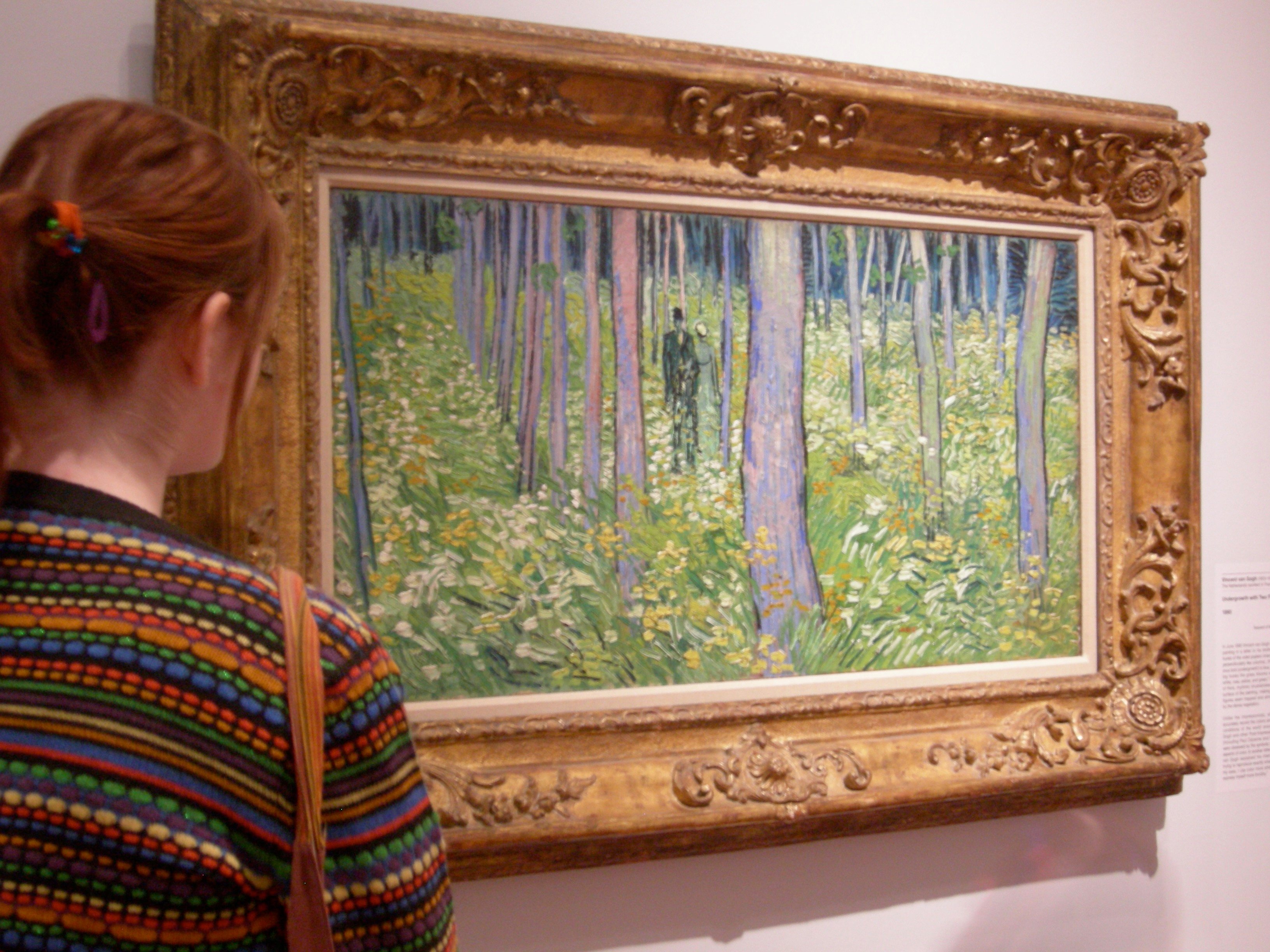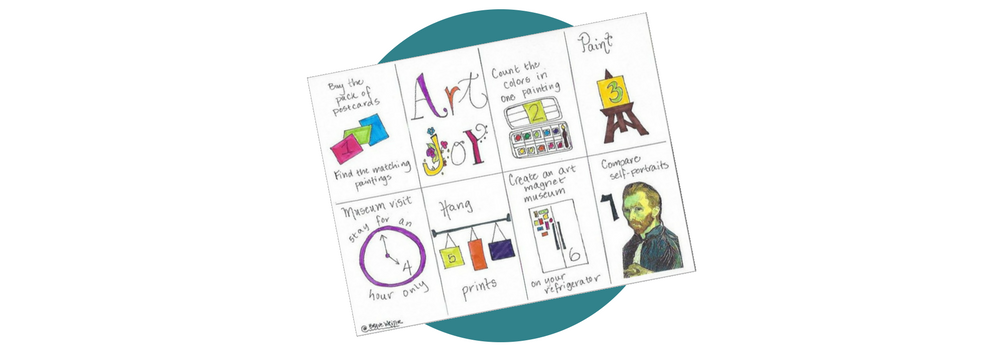Art Appreciation

Charlotte Mason maintains that artwork offers children the chance to fill the halls of their imaginations with the great works of art that are a part of our cultural heritage. I agree. By enjoying artwork, we can expand several important areas of development that are crucial to becoming good communicators and writers.
First, looking at art develops a child’s sense of non-verbal imagery and symbolism. You don’t have to teach this to a child. A child simply needs repeated exposure to art for it to happen naturally. Trips to museums and coffee table art books are perfect tools to develop this critical faculty.
Talking about art, attempting to sketch a painting or sculpture, writing down a detailed description of what you see and experience when looking at art will naturally develop powers of observation critical to good thinking and writing.
There are a few ways for you to bring artwork into a more prominent place in your home.
- Rotate art books on a family room coffee table. You can buy them cheaply at Half Price books, if you have one in town. Or you can pick up new books at the library occasionally. Be sure to change which one is out so that kids are likely to notice that something is new.
- Pick up postcards at the next trip to the art museum and frame a few of them. Hang them on entry halls, under the kitchen cabinets, in your bathroom. Rotate these as well.
- Create an art room. We have one room that is full of art prints framed for viewing. I include our children’s artwork on the walls and framed, as well.
- Go to the art museum in your town several times a year. It helps to make repeated visits to the same museum. If you do this, certain paintings will become “friends” and your kids will start to notice things in them that they missed on the first and second trip. They also become familiar with the style of painting by various artists this way.
To narrate about art, simply carry on conversations.
Art narration is an excellent time for the “jot it down” principle in Brave Writing. If your child is good at speaking to you about the painting while looking at it, you might quickly grab a scrap of paper and start taking notes. Later these notes can be typed up as a record of your child’s insightful observations of great art. Over a period of a school year, you can accumulate a wonderful collection of thoughts that reflect that child’s personality and aptitude at that stage of development as well, all through the lens of art.

For Julie's hand-lettered Art Appreciation tips sign up here.
Art Appreciation Online Workshop #
Gather materials
Watch the video below with your kids!
